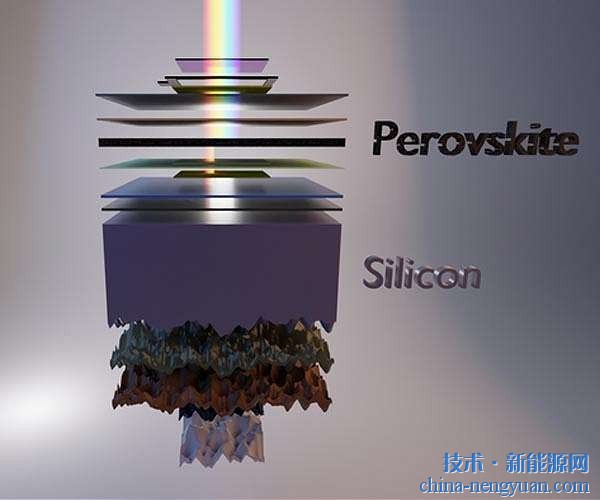The single black appearance of photovoltaic cells is increasingly present on the roofs of European buildings. This shows that the market's growing demand for renewable energy, but the pro-love of traditional roof tile areas do not welcome the appearance of photovoltaic cells. In Italy, which is famous for its terracotta roof, Wegaplast SpA has developed a plastic roof tile with integrated photovoltaic cells. The color is perfectly integrated with traditional terracotta tiles to solve this problem. Wegaplast, headquartered in Toscanelladi Dozza, uses its UV-stabilized acrylonitrile-styrene-acrylate (ASA) copolymer, LuranS, from Styrolution to mold its Wegalux tiles. This product includes a molded housing and a solar module with two polysilicon cells. This kind of tile is as large as a normal brick tile and can be perfectly applied to new or existing building roofs. Ugo Rigon, sales director of Wegaplast's Wegalux business, said: "This photovoltaic system can be used in any sloped roof or ribbed roof in Italy where Marseille terracotta is laid. Our Wegalux bricks are the best way to get energy from sunlight. Especially in the old town and scenic areas that do not allow for a change in the traditional cityscape." Styrolution, headquartered in Germany, has worked closely with Wegaplast to ensure that the tiles are resistant to UV and weather conditions to suit the weather in Italy. LuranS grade materials have high dimensional stability and are well tolerant of temperature fluctuations. Luran S grade and its blends with polycarbonate, impact modified by acrylate rubber, are suitable for components exposed to wind and rain and bad weather. Marko Blinzler, Styrolution's special product manager, said: "Our products can be exposed to sunlight for a long time and can withstand harsh weather conditions, even for architects, designers and builders who have the highest requirements for surface quality. It is also an ideal solution." It is important for Wegaplast to ensure that the appearance is beautiful. Rigon said: "The visual effect brought by LuranS is a decisive factor in our selection of this material, and Styrolution can provide the shades we need, so that our solar tiles can be harmonized with traditional bricks and tiles. This pre-coloring solution is We have saved time and costs." Volker Pieper, Styrolution's business development manager responsible for the construction market, said: "The real driving force is to integrate solar cells into common residential designs." He told the "European Plastics News": "The basic idea is to make solar cells 'invisible' on the roof, so that the solar cells will not damage the beauty of Italian buildings, but the shape and color of the battery Integrate into existing bricks." Photovoltaic cells embedded in tiles can be easily installed on any roof. One of the challenges of outdoor applications is that the product will change color after long-term use. ASA can prevent yellowing, and Styrolution also supplies UV protection products for LuranS. Styrolution conducted a helium test that simulated exposure to sunlight for 10,000 hours. Testing continues to collect more long-term data. Wegalux plastic tiles and terracotta materials are different in the way of aging, and the color of terracotta tiles will begin to change. Therefore, the color of the two may be slightly different after many years. But Styrolution doesn't think the difference will be great. Pieper said: "We think that the color change will be within the acceptable range, and the change will be very small, so it is entirely possible to place the terracotta and plastic tiles on the same roof." He said that after five years of exposure to sunlight, color distortion is expected to have a dE value of less than 5 in the CIELAB industry standard color system. Values ​​above 5 indicate significant differences in color. Styrolution is helping Wegaplast develop its second-generation Wegalux tile and hopes to further increase its efficiency. The first generation of products has achieved very good performance, and 10 square meters of Wegalux roof (128 tiles) can generate 1kWp electricity. LuranS products target a wide range of industries including automotive exterior parts. Styrolution is also seeking niche applications in the residential and construction industry. Pieper said the company’s goals in this industry relate to special outdoor applications that are still under development.
High speed shutter door is a rapid operating, anti-crash shutter door for indoor application . The most advantage of this door is that the opening/closing speed can reach to 0.6-1.8m/s, really fast action a lot than tranditional rollling shutter door. short opening and closing times reduce cooling loss, avoid airflow and enable a smooth operating procedure. They can also be designed in larger dimensions for the mining and aircraft industries.
High speed door can be easily installed, economical,quiet and efficient with electromechanical drive.
This door quickly though in/out open gate, ideal for warehouses,factories, hangars use, widths can be from 2m to 20 meters.
The material of this door are variety: PVC curtain to keep the insdie clean, heavy duty aluminum door with wind-resisitant function can wrok in heavy windy weather, and also the freezer door can be used in cold warehouse or somewhere like that.
Including models are:PVC High Speed Door, Aluminum Spiral High Speed Door, Self-Recovery repair door, Cold Storage Room Fast Door.
High Speed Door,PVC High Speed Door,Aluminum High Speed Door,Spiral High Speed Door Shenzhen Hongfa Automatic Door Co., Ltd. , https://www.hfgaragedoor.com